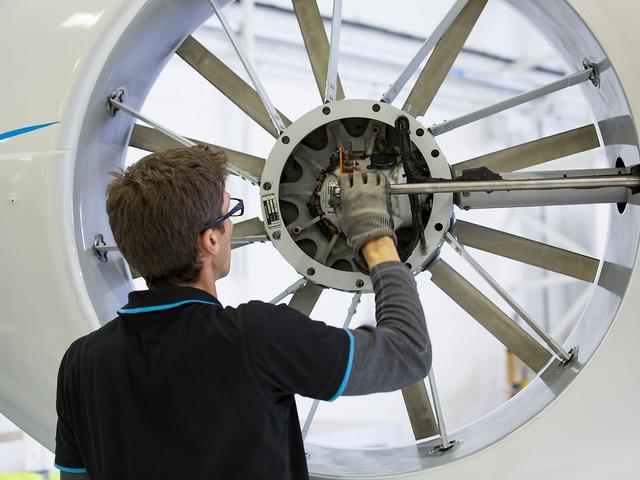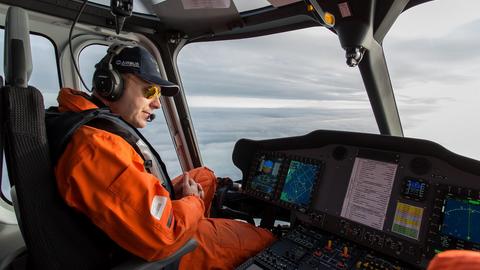According to the International Civil Aviation Organisation (ICAO), ‘human factors encompass knowledge from a range of scientific disciplines that supports human performance through the design and evaluation of equipment, environments and work to improve system performance’. These factors are essential for both the maintenance and operation of Airbus products.
How to take into account human factors in maintenance
Acting on the observation that more than 6% of helicopter accidents are caused by maintenance error in maintenance operations, Airbus Helicopters has carried out an extensive human factors preventive analysis campaign. The first phase consists of identifying the important or critical parts that could have serious consequences if they were defective. For each associated maintenance task, maintenance operators, both at Airbus and at our customers' sites, are asked to assess human error risk on the basis of five criteria: frequency, accessibility, resource, documentation, and tools. If the task is identified as sensitive, it must be studied in detail.
The second phase takes place on board the helicopter. An operator carries out a maintenance task employing the procedure and the resources set out in the documentation in place. In each stage of the operation the team responsible for analysing maintenance operations assesses the operator’s physical and workload constraints, as well as mental workload using international human factors criteria & standards.
The assessment of each maintenance task requires approximately 30 man hours including 4 hours on the helicopter. Based on objective criteria the detailed analysis enables us to set up new safety barriers, which can involve modifications in terms of procedures, documentation, tools and sometimes even the design.
Industrialising the process
The process, an extensive job involving hundreds of maintenance tasks, began in 2018 starting with the H225, and was subsequently extended to the H175 and then H160 and H145. In parallel, the maintainability department of Airbus Helicopters design office is engaged in a wide research programme to improve the process. This includes the use of simulation tools like virtual reality and augmented reality to make human factors analyses more reliable during the design development.
Focus on human factors to help improve safety in flight operations
Another important field when talking about human factors are the operations of our products. At Airbus Commercial Aircraft, to reduce risks associated with human performance, the emphasis is on flight crew resilience training. During operations, pilots can be exposed to unexpected disturbances that may result in temporary performance lapse. This is where resilience training for pilots comes into play. The aim is to enable pilots to maintain a sufficient safety margin at all times – through the actions they take in such situations. This mainly depends on how they communicate, how they manage their workload and take decisions, illustrating resilience in the face of unexpected disturbances and how they deal with threats and errors.
Flight crews are not trained to react to every specific situation, but they are prepared for a wide number of scenarios by developing a finite number of skills. This should enable pilots to operate successfully in a complex and changing operational environment. They should also be able to handle unforeseen tasks and situations for which they have not been specifically trained. This builds resilience.
One of the main elements of Airbus’ strategy is to promote safety and develop training to support the various players in the sector, in particular operators. Airbus aims to build their resilience to human error, during missions, and maintenance operations.
- Learn more about Competency-Based Training (CBT) and Evidence-Based Training (EBT) in the Airbus Safety first magazine.
More Safety stories
Continue Reading
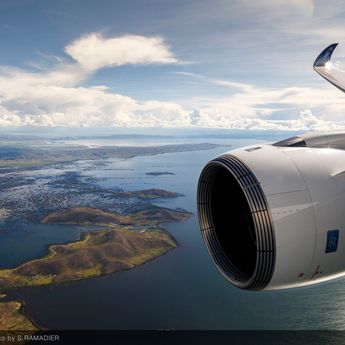
Web Story Safety
Flight control system: more redundancy to enhance resilience
More redundancy to enhance resilience
Web Story Safety
Aviation safety trends show need for continued vigilance
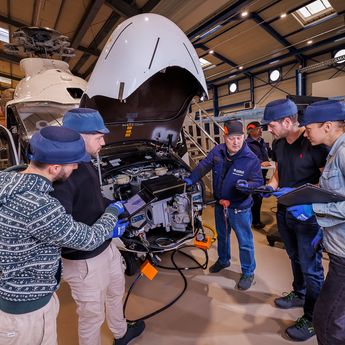
Web Story Helicopters
How Airbus is training the current and next generation of helicopter pilots and…
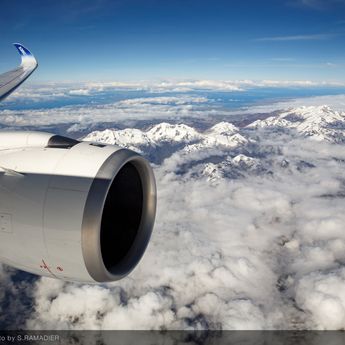
Web Story Safety
Airspeed information, whatever the conditions

Web Story Safety
Continuously improving the safety of our aircraft
